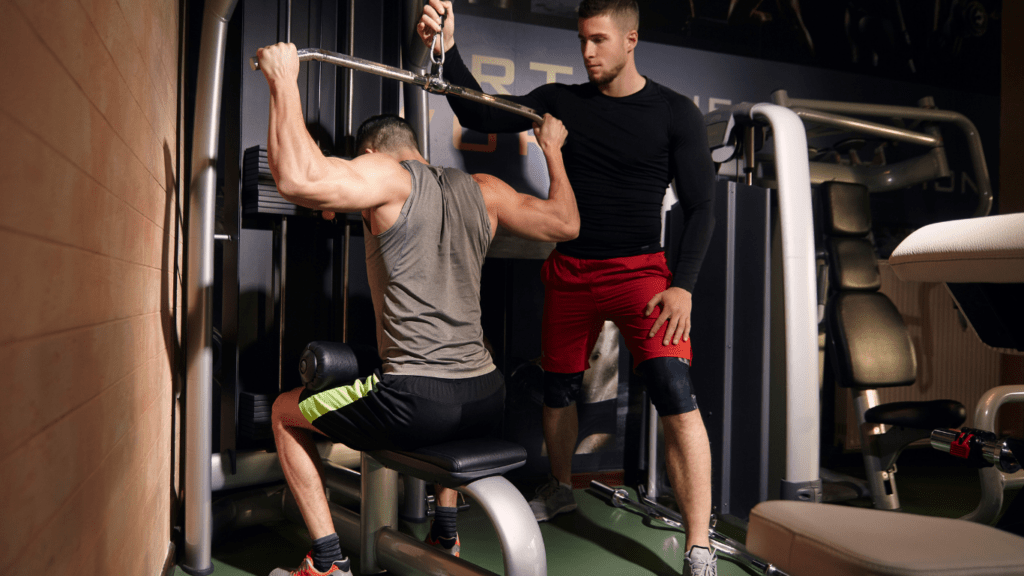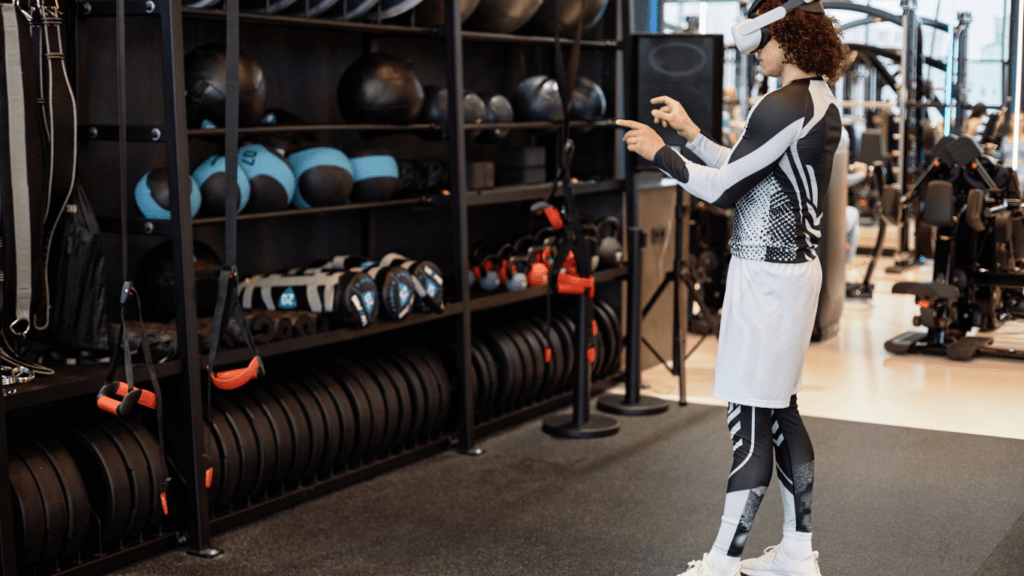Sports training is evolving faster than ever, and 2025 is shaping up to be a game-changer. With cutting-edge technology and innovative methods, athletes are pushing boundaries we once thought were impossible. From personalized data-driven programs to revolutionary recovery techniques, the way we train is being completely redefined.
Overview Of Sports Training Evolution
Sports training has undergone significant transformations over the last few decades, combining science and technology to optimize human performance. In recent years, data analysis, virtual tools, and wearable devices have revolutionized athlete preparation. These advancements have enabled precise measurements of factors like:
- speed
- endurance
- heart rate
enhancing performance efficiency. Recovery techniques have also advanced, incorporating cryotherapy, infrared therapy, and compression gear to reduce fatigue and improve recovery time. Mental training practices, such as mindfulness and neurofeedback, have become integral to building mental resilience alongside physical strength.
Customized training plans now adapt to an athlete’s unique biology and goals, driven by AI algorithms and genetic insights. Collaboration between fields like biomechanics, sports psychology, and nutrition science further personalizes support, creating holistic growth for athletes.
The integration of AR and VR into training environments has introduced immersive simulations, helping athletes practice under game-like conditions. These tools refine skills, decision-making abilities, and adaptability in high-pressure scenarios.
Technology-Driven Training Advancements

Emerging technologies are reshaping sports training approaches as 2025 approaches. These innovations streamline coaching methods and amplify skill development through immersive experiences and real-time insights.
AI-Powered Coaching Systems
AI-powered coaching systems analyze performance metrics to optimize training sessions. These systems use machine learning to process data from wearables, video footage, and biomechanical sensors, creating detailed performance profiles. Based on these insights, AI generates tailored feedback and adjustments to technique or strategy, ensuring athletes address weaknesses quickly.
Elite teams integrate AI-driven video analysis for tactical refinement. For instance, AI highlights inefficiencies in a player’s movement patterns, helping coaches refine mechanics or positioning. AI also adjusts training intensity by monitoring stress markers, reducing injury risk while enhancing endurance over time.
Virtual Reality (VR) For Skill Development
VR introduces athletes to hyper-realistic simulations that replicate competition scenarios. Through VR headsets, athletes train in environments mimicking real-world conditions without physical constraints, improving reaction time and decision-making skills.
Quarterbacks use VR setups to read defensive formations or practice passing under simulated pressure. Olympians refine techniques by studying their VR-captured performances from multiple angles. VR also enables athletes recovering from injuries to maintain cognitive engagement by practicing gameplay strategy or hand-eye coordination.
By combining data-centric AI tools with immersive VR training, modern techniques are redefining the pathway to peak athletic performance.
Innovative Performance Enhancement Techniques
Advancements in sports training techniques are merging science and technology to amplify athletic potential. Modern methods incorporate precision, personalization, and cognitive conditioning to push boundaries in performance.
Personalized Training Regimens
- Training regimens now focus on hyper-personalization, leveraging individual data for maximum efficacy.
- AI-driven platforms analyze biometric details, performance history, and genetic markers to design bespoke programs for athletes.
- Real-time monitoring, enabled by wearables like Whoop or Garmin devices, adjusts routines dynamically based on metrics such as heart rate variability and oxygen saturation. This method ensures athletes train at optimal intensity while minimizing overtraining risks.
- Professional runners utilize stride analysis tools to optimize cadence and reduce impact-related injuries.
- Swim coaches use motion-capture systems to improve stroke efficiency by identifying minute biomechanical inefficiencies. These tailored interventions make performance improvements attainable across diverse sports disciplines.
Neurotraining For Mental Sharpness
Neurotraining techniques enhance cognitive functions like decision-making and reaction time. Systems incorporating neurofeedback and brainwave monitoring assess neural performance during training, offering real-time brain activity insights. Cognitive drills, paired with eye-tracking platforms, sharpen focus under stress, simulating competition environments.
Athletes engaged in eSports or precision sports like archery adopt VR-based neurotraining tools to practice high-stress scenarios. Features like gamified challenges improve adaptability to dynamic settings. Techniques targeting proprioception and hand-eye coordination solidify mental and physical connections, ensuring athletes perform consistently under pressure.
Revolutionizing Recovery And Injury Prevention
Modern recovery techniques and injury prevention methods have transformed sports training. Advances in wearable technology and regenerative therapies are redefining how athletes maintain peak performance and reduce risks.
Advanced Wearable Tech
Wearable tech has shifted from simple trackers to highly advanced systems that provide comprehensive recovery insights. Devices now monitor muscle activity, hydration levels, and joint strain to detect early signs of fatigue or injury. For example, EMG-based wearables analyze muscle engagement in real-time, signaling overuse patterns before injuries occur. These tools help athletes adjust intensity, avoid strain, and enhance recovery phases.
Wearables also integrate with AI platforms to deliver tailored recovery protocols. Data from these devices, such as pressure sensors in insoles or biomechanical monitors in compression sleeves, inform athletes and trainers about recovery requirements. Tools like temperature-regulating gear optimize muscle cooling and re-warming, crucial for faster recuperation during intense schedules.
Regenerative Therapies
Regenerative treatments have become vital for injury prevention and enhanced recovery. Techniques like platelet-rich plasma (PRP) therapy and stem cell applications accelerate tissue repair and reduce downtime. PRP injections, for instance, leverage concentrated platelets to promote targeted healing in ligament or tendon injuries, cutting recovery periods significantly.
Cryotherapy chambers and hyperbaric oxygen therapy are now standards among elite athletes. Cryotherapy sessions of 2-3 minutes expose the body to sub-zero temperatures, reducing inflammation and enhancing circulation. Hyperbaric oxygen boosts cellular repair by delivering oxygen-rich blood to damaged tissues, optimizing recovery rates. By combining these therapies, athletes consistently maintain performance without compromising long-term health.



 Injury Prevention & Recovery Specialist
Injury Prevention & Recovery Specialist
